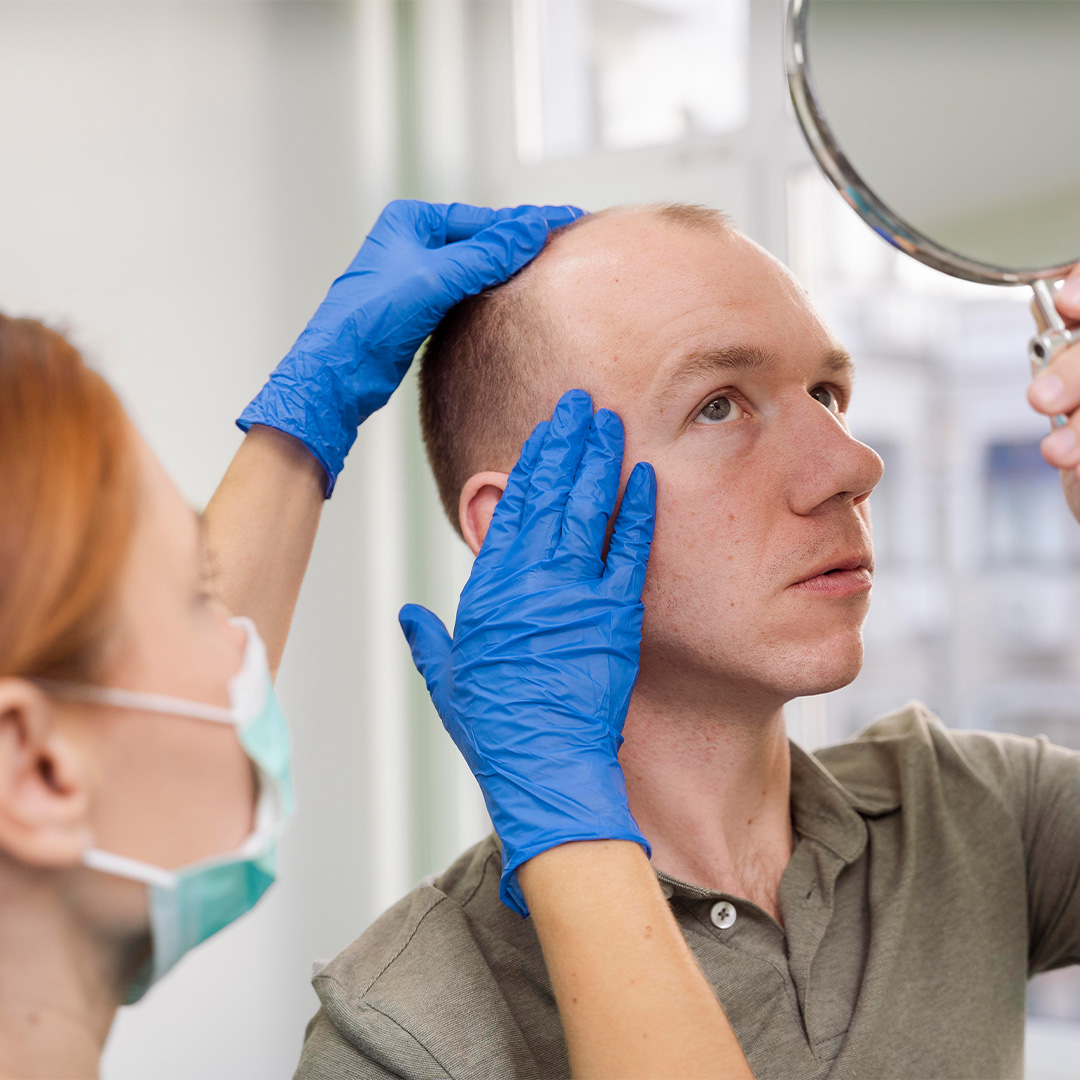
Should hair transplantation be performed before hair loss stabilises?
Hair loss can be a distressing experience for many people and hair transplantation is often seen as a potential solution. However, the question of whether a hair transplant should be carried out before hair loss is stabilised, is an important one. In fact, hair transplantation may be a consideration regardless of whether hair loss is stable or not, although individual circumstances may be different from person to person.Hair transplants can increase hair density in areas of hair loss, either completely bald or sparse, and can also be transplanted between existing hairs to increase density.It is not necessary to wait for complete hair loss before having a hair transplant, thanks to current hair transplant techniques. Hair transplantation can be performed on individuals with thinning hair or those who have not experienced complete hair loss. Highly successful results can be achieved with these techniques.
- The link between hair loss stabilisation and hair transplantation
Hair loss can be a cause for concern for many individuals. While some may wait for their hair to fall out completely, others seek earlier solutions. Hair transplantation is a highly effective and permanent solution in this regard. The timing of hair transplantation before hair loss stabilises may vary for each individual.Firstly, doctors assess the extent of hair loss and determine the suitability of the person for hair transplantation. Several factors, including the level of hair loss, the health of the hair follicles, and the overall hair quality, are taken into consideration. If the hair loss is in the early stages and the person is a suitable candidate, hair transplantation may be an option. Hair transplantation provides a solution that eliminates the need to wait for complete hair loss.
- Best Timing and Conditions for Hair Transplantation
The best time for hair transplantation is usually spring and autumn. The main reason for this is the temperature balance. Hair should not be exposed to extreme heat or cold after transplantation. However, but it is important to remember that hair transplantation can be performed at any time of the year. Of course, you need to be aware of the difference between hot and cold and protect the transplanted areas well.
-Hair Transplantation Before Hair Loss Becomes Stable: Advantages and Disadvantages
There are both advantages and disadvantages to carrying out a hair transplant before the hair loss has become stable. Let’s examine both of them and highlight their differences.
Advantages:
1. Results that are natural:
Treating and having hair transplant early may make it easier to achieve a natural-looking result, as there will still be some existing hair to blend in with the transplanted follicles.
2. Good Appearance:
Early hair transplantation can provide an immediate cosmetic improvement. It can also address concerns about hair loss and improve self-esteem.
3. Psychological advantages:
By promoting a positive self-image, early intervention may prevent or minimise the emotional impact of progressive hair loss.
Disadvantages:
1. Unforeseeable future hair loss:
If the underlying cause of hair loss is not treated, hair loss may continue in the non-transplanted area, resulting in an uneven and unnatural appearance.
2. Limited Donor Area:
The donor area, typically located at the back of the head, contains a limited number of hair follicles. It is important to avoid performing a transplant too early as this may drain this limited resource and make future procedures difficult.
3. Additional surgery may be required:
As hair loss patterns can be unpredictable, it may be necessary to undergo additional surgeries to maintain a natural and balanced appearance as hair loss progresses.
4. Cost issues:
Patients should consider the long-term financial commitment involved in early intervention, as undergoing multiple surgeries can be expensive.
5. Age factor:
It can be difficult to predict the full extent of future hair loss when performing a hair transplant on a young person.A qualified and experienced hair transplant surgeon should be consulted by anyone considering early hair transplantation. Based on factors such as the stability of the hair loss and the patient's overall health, the surgeon can assess the individual's specific situation, discuss realistic expectations and determine the most appropriate timing for the procedure.
-
 Is hair transplantation the only way to regain hair?
Is hair transplantation the only way to regain hair?Currently, there are various solutions available to address hair loss issues, including... Click for details
-
 The Importance of Hair Transplantation in Turkey
The Importance of Hair Transplantation in TurkeyTurkey is a leading hub for hair transplantation, known for its skilled and knowledgeab... Click for details
-
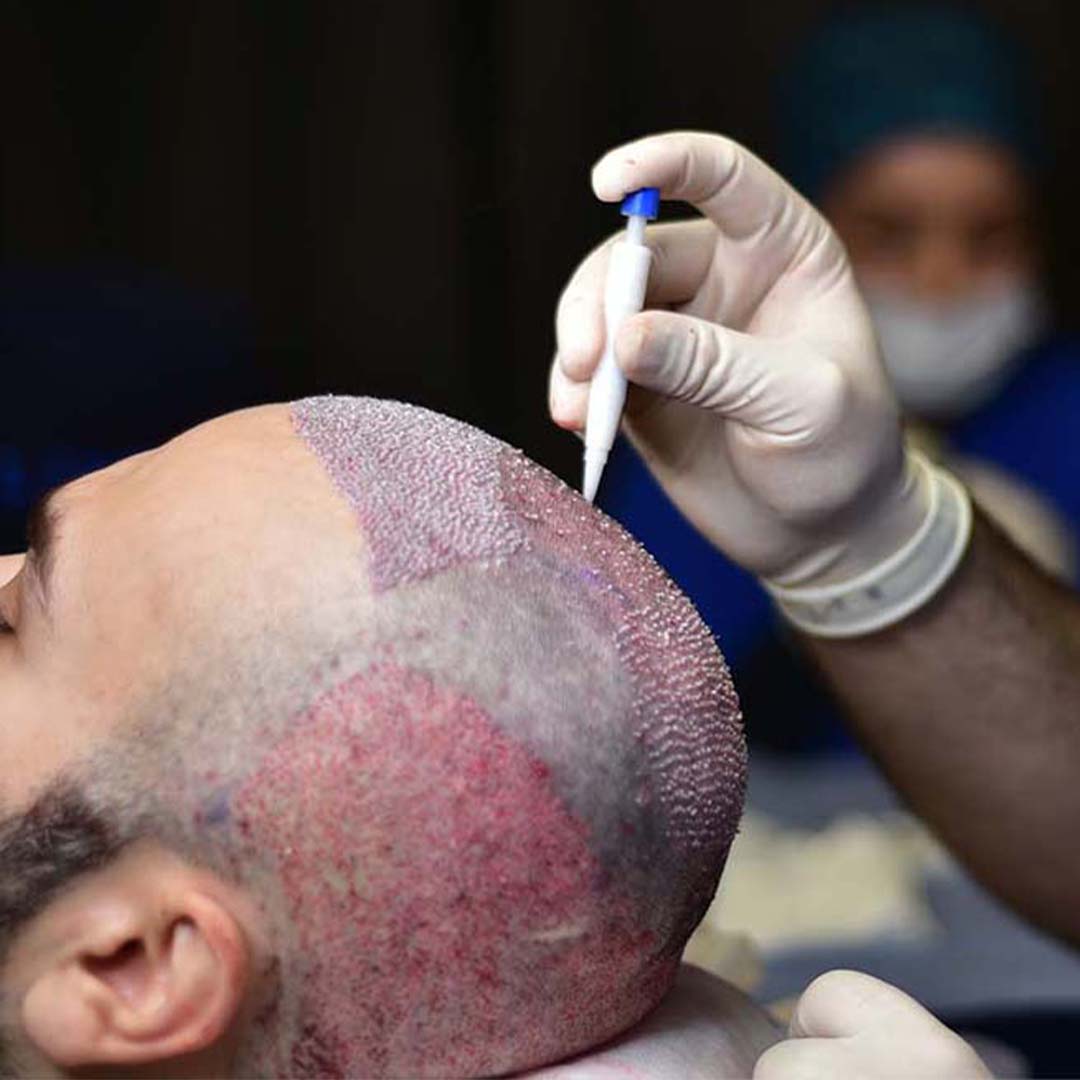 What to Expect After a Hair Transplant
What to Expect After a Hair TransplantHair transplantation follows a natural growth process, and follicles do not start growi... Click for details
-
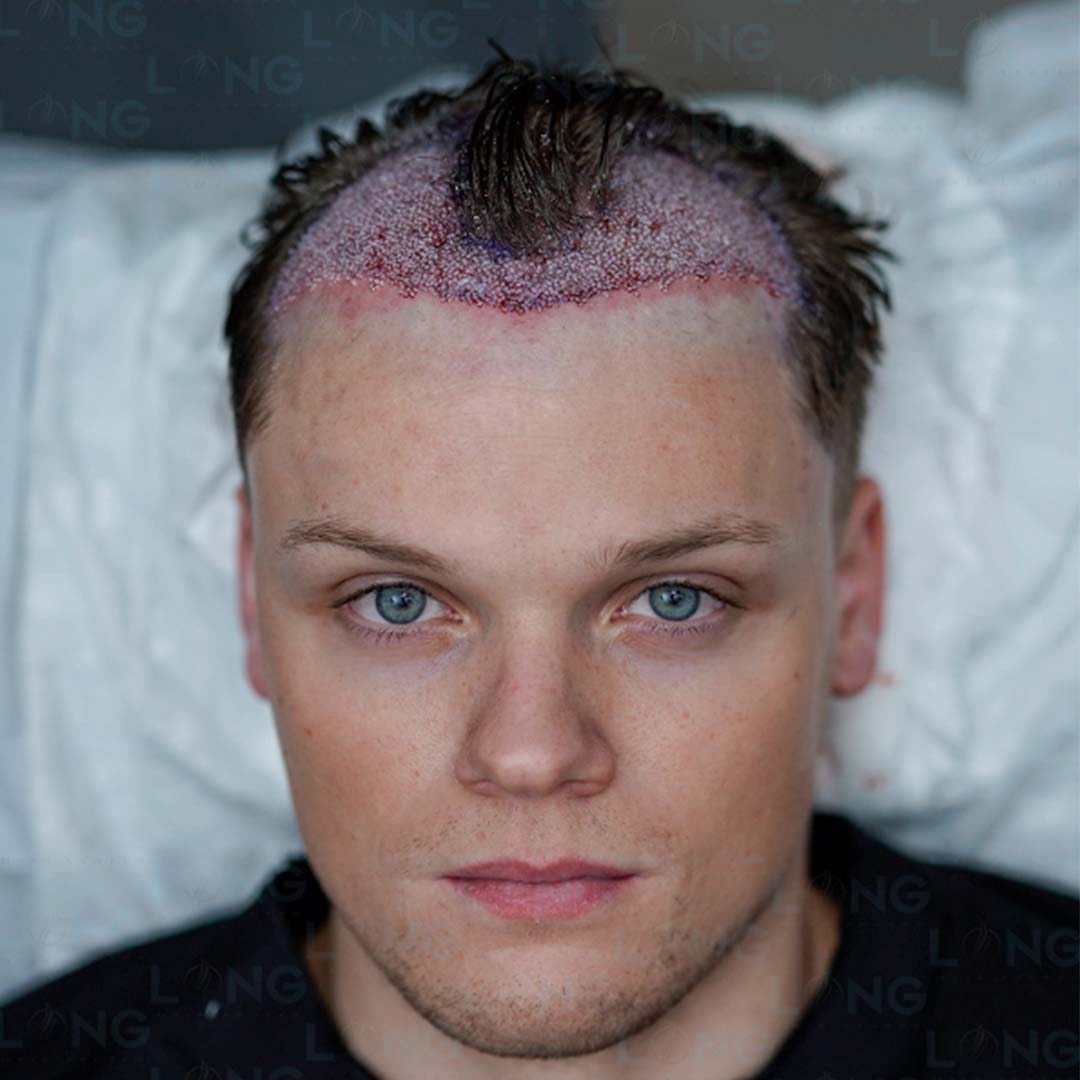 Unshaved Hair Transplantation in Turkey
Unshaved Hair Transplantation in TurkeyPatients are often concerned about the shaving of their head in preparation for hair tr... Click for details
-
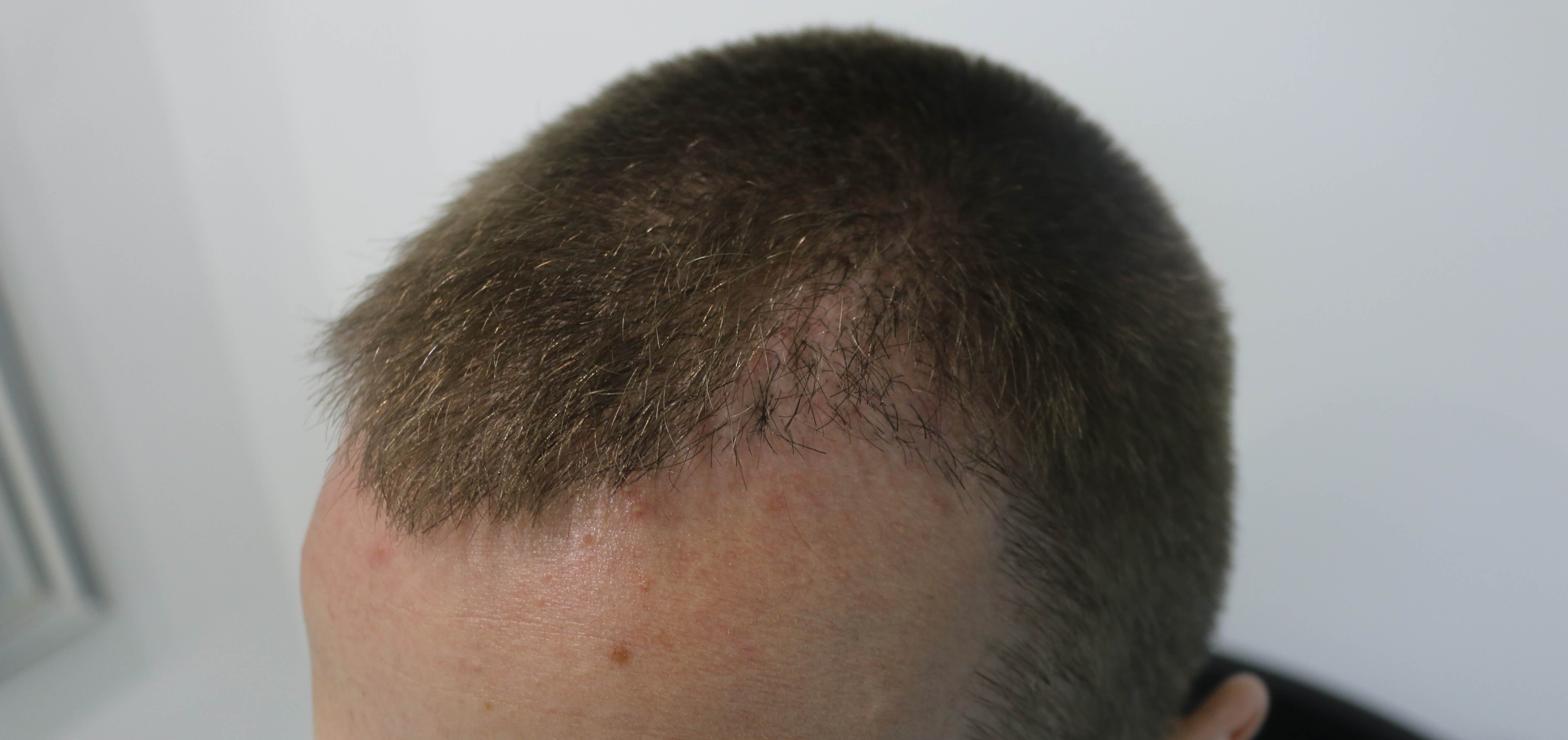 Hair Transplant Operation with DHI Technique in Turkey
Hair Transplant Operation with DHI Technique in TurkeyDHI (direct hair implantation) is a modification of the FUE technique. In FUE and FUT h... Click for details
-
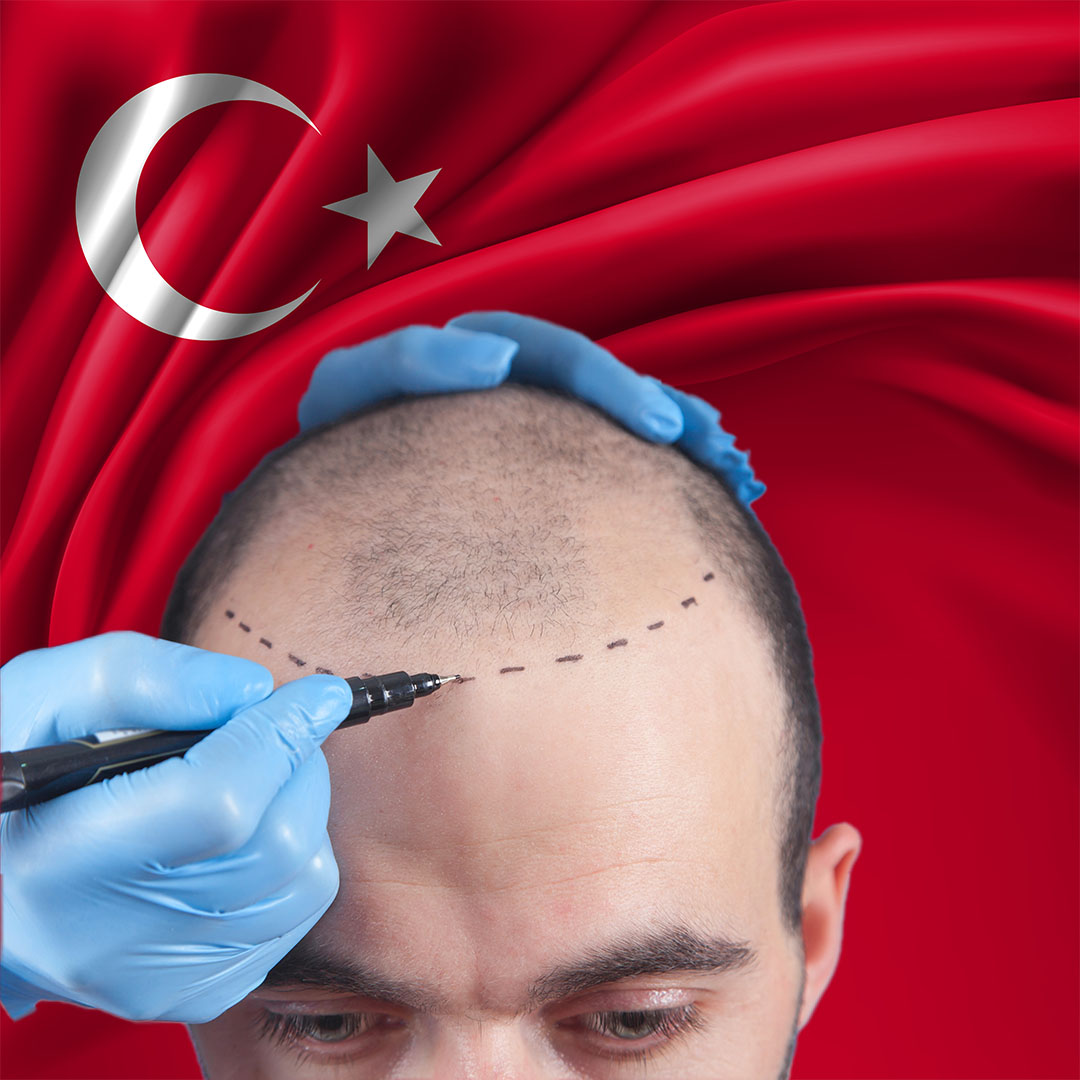 Is Turkey a Hub For Getting Hair Transplanted?
Is Turkey a Hub For Getting Hair Transplanted?When it comes to healthcare or hair transplant services, Turkey has consistently demons... Click for details
-
 The Clinic That Accepts Crypto-Payments
The Clinic That Accepts Crypto-PaymentsWhat Is Cryp... Click for details
-
 Will Transplants to the Crown Area be Successful?
Will Transplants to the Crown Area be Successful?Will Transpl... Click for details
-
 Sexual Intercourse After Hair Transplant
Sexual Intercourse After Hair TransplantSexual Inter... Click for details
-
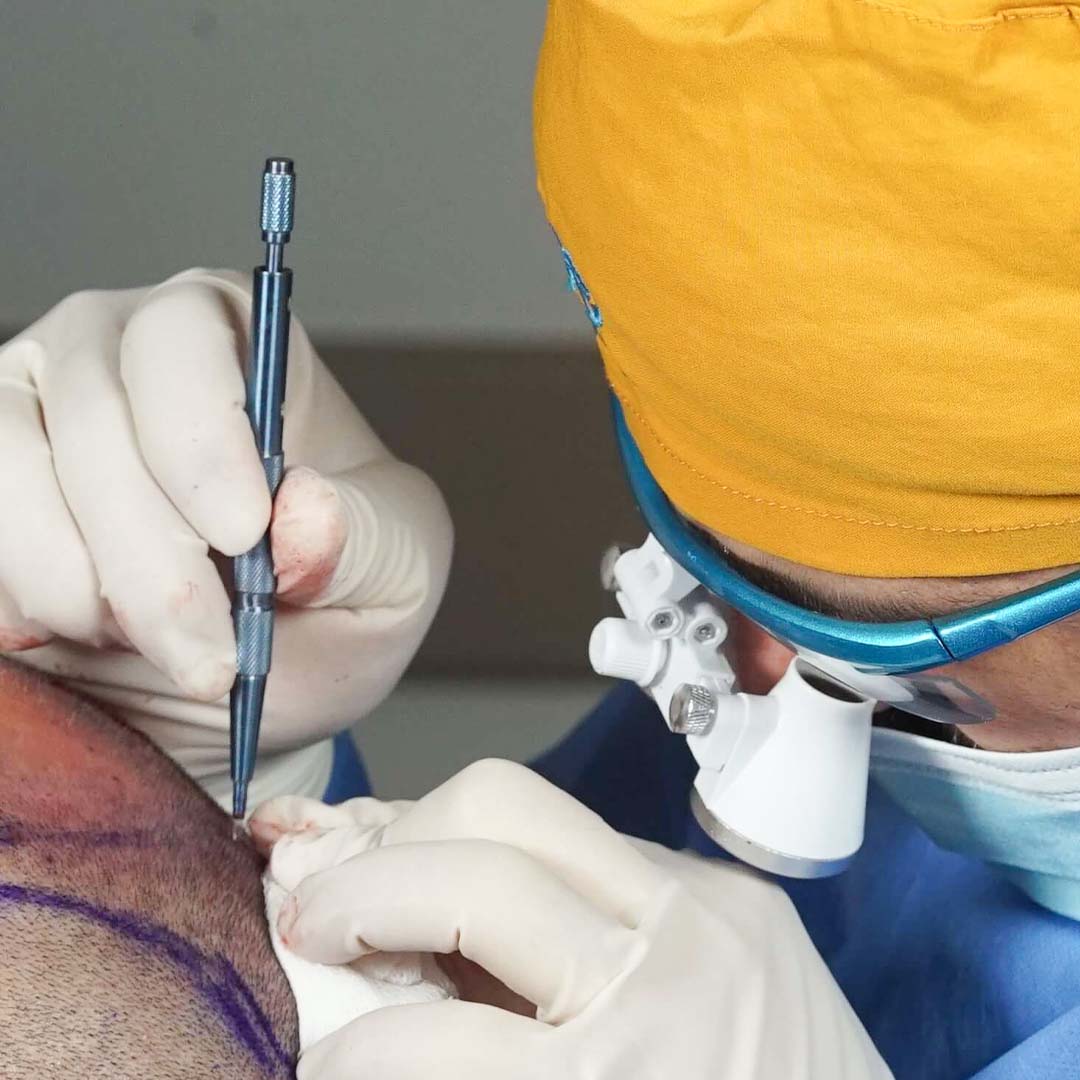 Is Sapphire FUE Hair Transplantation Successful in Turkey?
Is Sapphire FUE Hair Transplantation Successful in Turkey?Is Sapphire... Click for details
